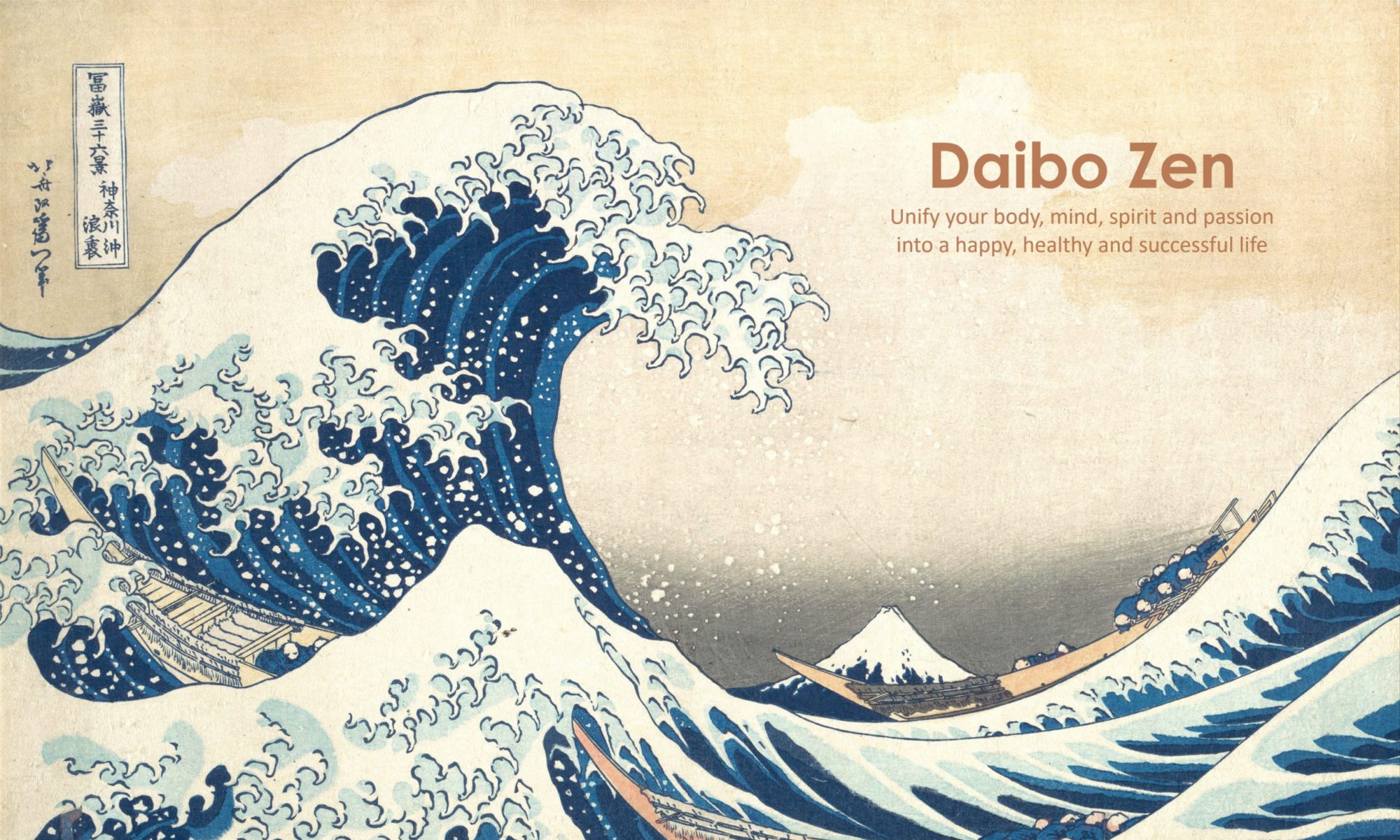
From the great cosmic mirror
Without beginning and without end,
Human society became manifest.
At that time liberation and confusion arose.
When fear and doubt occurred
Towards the confidence which is primordially free,
Countless multitudes of cowards arose.
When the confidence which is primordially free
Was followed and delighted in,
Countless multitudes of warriors arose.
Those countless multitudes of cowards
Hid themselves in caves and jungles.
They killed their brothers and sisters and ate their flesh,
They followed the example of beasts,
They provoked terror in each other;
Thus they took their own lives.
They kindled a great fire of hatred,
They constantly roiled the river of lust,
They wallowed in the mud of laziness:
The age of famine and plague arose.
Of those who were dedicated to the primordial confidence,
The many hosts of warriors,
Some went to highland mountains
And erected beautiful castles of crystal.
Some went to the lands of beautiful lakes and islands
And erected lovely palaces.
And sowed fields of barley, rice and wheat.
They were without quarrel,
Ever loving and very generous.
Without encouragement, through their self-existing inscrutability,
They were always devoted to the Imperial Rigden
(from Shambhala 1984 Chogyam Trungpa)
The Shambhala teachings enumerated above by Chogyam Trungpa is founded on the premise that there is basic human wisdom that can solve the worlds problems. This wisdom is a tradition of human warriorship that has existed in many cultures and times through-out human history.
Warriorship here does not refer to making war on others but is taken to mean one who is Brave. Following in a tradition of fearlessness, not being afraid of “Who You Are”. To discover what inherently we have to offer the world. To see what is contained in our personal experiences that is of value to helping others and uplifting their experience and our collective condition. This is the Sacred Path of the Warrior.
To help in this discernment, in future installments, we will examine both the hard and soft traits that define a Warrior. Hard traits such as: Confidence, Strength, Self-Control, Discipline, Action and Bravery. Soft traits such as: Self-Awareness, Patience, Humility, Loyalty, Honesty and Loving Kindness. Where possible, we will endeavor to examine these traits within the context of the Buddha’s Eight-Fold Path. Please join me during this difficult time and enter Shambhala – The Sacred Path of the Warrior.




